#HarvestSeason
Explore tagged Tumblr posts
Text

37 notes
·
View notes
Text


And it’s on! Proud "Mushroom Hunter" 💪🍄🍄🍄 There will be fried parasol mushrooms, mushroom sauce, pickled mushrooms, and the rest for drying.
#MushroomHunting#Foraging#ParasolMushrooms#Forest Finds#MushroomSeason#Nature Harvest#PolishCuisine#Wild Mushrooms#Mushroom Lover#FallForaging#ForestBounty#Edible Mushrooms#NatureLovers#Autumn Vibes#WoodlandWonders#NaturalIngredients#Outdoor Life#Home Cooking#Mushroom Recipes#HarvestSeason
12 notes
·
View notes
Text

Farm-fresh beauty and bountiful harvests.
#FarmFresh#CountryBeauty#PeachHarvest#FarmLife#PinupArt#RusticCharm#HarvestSeason#CountryLiving#VintagePinup#ZymzAlchemy
13 notes
·
View notes
Text





The processing of handmade tea requires great skill and precision. Tea artisans carefully monitor the temperature and humidity levels to ensure that the leaves are processed just right. They roll and shape the leaves by hand, allowing them to release their natural oils and flavors. This hands-on approach to processing tea is what sets handmade tea apart from mass-produced tea, as it allows for greater control over the final product.
#green tea#2025springtea#morimatea#tea#teamaster#tea making#harvestseason#mengdingganlu#mengdingtea#ganlutea#freshtea#laochuancha#chinesegreentea#sweetdew
5 notes
·
View notes
Text

#Lush Landscapes by Joep R. https://flic.kr/p/2qKFCMN IFTTT#Flickr#bali#indonesia#ricefields#riceterraces#terracedfarming#tropicallandscape#traditionalagriculture#farminglife#harvestseason#ruralbali#countryside#leicam240#voigtlander35mmnokton#voigtlander35mm#cinematictones#filmlikelook#moodygreens#mountainbackdrop#lushgreenery#naturephotography#travelphotography
4 notes
·
View notes
Text
Lughnasa: The Festival of Transition Shaina Tranquilino August 1, 2024

As the sun reaches its zenith and summer begins its slow transition into autumn, many cultures around the world celebrate the ancient festival of Lughnasa, also known as Lammas. This festival, rooted deeply in Celtic tradition, marks a significant point in the agricultural calendar and symbolizes a period of transformation, gratitude, and community.
Origins and Significance
Lughnasa, celebrated on August 1st, is named after Lugh, a prominent deity in Celtic mythology associated with the sun, light, and skill. It is believed that the festival was originally dedicated to Lugh’s mother, Tailtiu, who was honoured for her contributions to agriculture. The name Lammas, derived from Old English “hlaf-mas” (loaf mass), reflects the Christian influence on the festival, focusing on the first harvest and the blessing of bread made from new grain.
Celebrating the Harvest
At its core, Lughnasa is a harvest festival. It is a time to give thanks for the abundance of the earth and to celebrate the fruits of labor. Traditionally, communities would come together to share the bounty of the harvest, with feasts featuring freshly harvested grains, fruits, and vegetables. Bread made from the new crop of wheat was a central symbol of this celebration, signifying both the sustenance provided by the land and the communal spirit of the festival.
Rituals and Traditions
Lughnasa is rich with rituals and customs that honour the changing of the seasons and the cycles of nature. Here are a few traditional practices associated with the festival:
Harvest Feasts: Preparing and sharing a meal made from the season's harvest is a cornerstone of Lughnasa celebrations. Dishes made with freshly harvested grains, fruits, and vegetables are enjoyed by family and friends, reflecting the abundance of the season.
Bonfires: Lighting bonfires is a common practice during Lughnasa. These fires symbolize the sun’s energy and warmth, and they serve as a way to honour the light that has nurtured the crops. Dancing around the bonfire is also a traditional activity, representing the joy and vitality of the harvest.
Games and Competitions: Historically, Lughnasa was a time for community gatherings and games. Athletic competitions, storytelling, and music were integral parts of the celebration, fostering a sense of unity and shared joy.
Nature Walks and Offerings: Spending time in nature and making offerings of gratitude to the land are practices associated with Lughnasa. People might leave small tokens or offerings at sacred sites or in natural settings as a way to honor the earth and express thanks for its bounty.
Modern Observances
In contemporary times, Lughnasa has experienced a revival as people seek to reconnect with ancient traditions and the rhythms of nature. Modern celebrations often blend traditional practices with new interpretations, reflecting a growing interest in sustainable living and community-building.
Many people today celebrate Lughnasa through gatherings that emphasize local and seasonal foods, and they may incorporate rituals that honor both the agricultural significance and the spiritual aspects of the festival. Community events, farmers’ markets, and harvest festivals often feature elements of Lughnasa, making it accessible to a broader audience.
The Spirit of Transition
Lughnasa is not just a festival of harvest; it is a celebration of transition. As the days gradually shorten and the first signs of autumn appear, Lughnasa reminds us of the cyclical nature of life and the importance of embracing change. It is a time to reflect on the past season, give thanks for what has been achieved, and prepare for the shifts that lie ahead.
By observing Lughnasa, we connect with an age-old rhythm that has guided humanity through the ages, reminding us of the ever-changing dance between light and dark, growth and rest. It is a celebration of life’s abundance and a testament to the enduring power of tradition and community.
As you prepare to celebrate Lughnasa, whether through traditional practices or modern interpretations, take a moment to appreciate the seasonal transition and the opportunities it brings for reflection, gratitude, and renewal.
#Lughnasa#Lammas#HarvestFestival#SeasonalCelebration#CelticTraditions#SummerToAutumn#AncientFestivals#HarvestSeason#CommunityGathering#BonfireCelebration#GratitudeAndTransition#NatureRituals#ModernLughnasa#FestivalOfTheSun#AgriculturalTraditions
6 notes
·
View notes
Text

Happy August ~ The Harvest Season has arrived!🙏🏻🌙☀️🌾🌻
4 notes
·
View notes
Text
The Bear Family are enjoying their first corn harvest


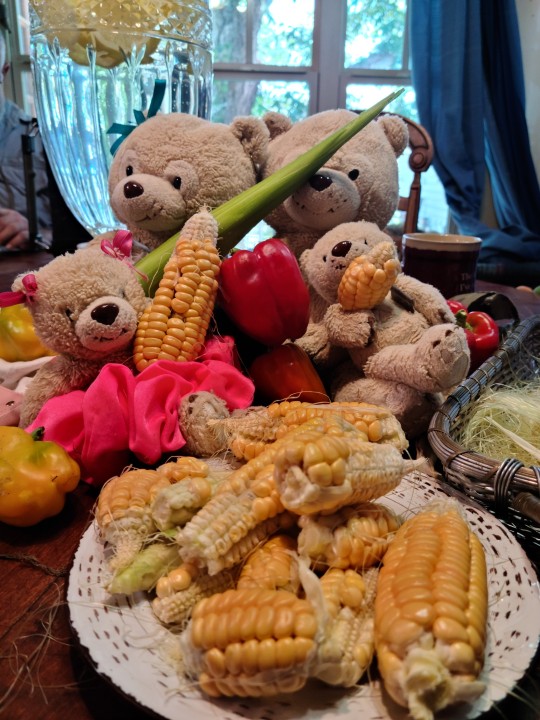
7 notes
·
View notes
Text
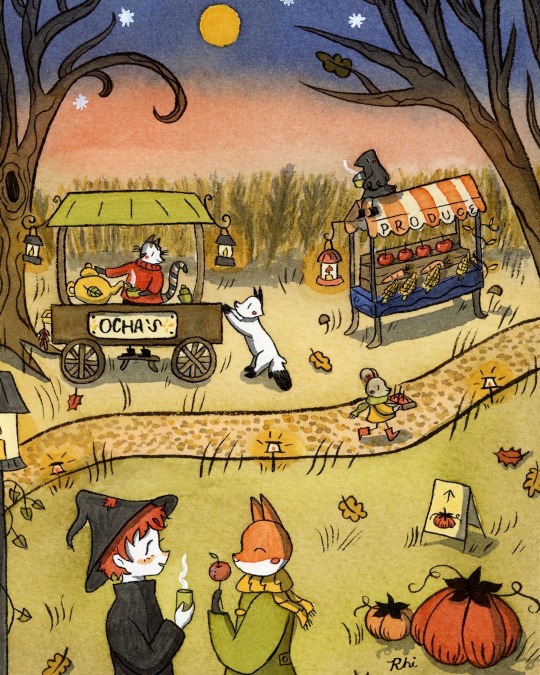
Harvest Festival 🍎🍁🌽
Inktober day five ✨ prompts for this piece include harvest, corn, and autumn celebration 🥕
Do you frequent an autumn festival? 🍂
#harvestseason#harvest festival#autumn art#autumn festival#children’s book illustration#illustration#illustration for kids#picture book art#festival#illustrator#vancouverartist#art#イラスト#ink#inktober#inktober 2023
6 notes
·
View notes
Text





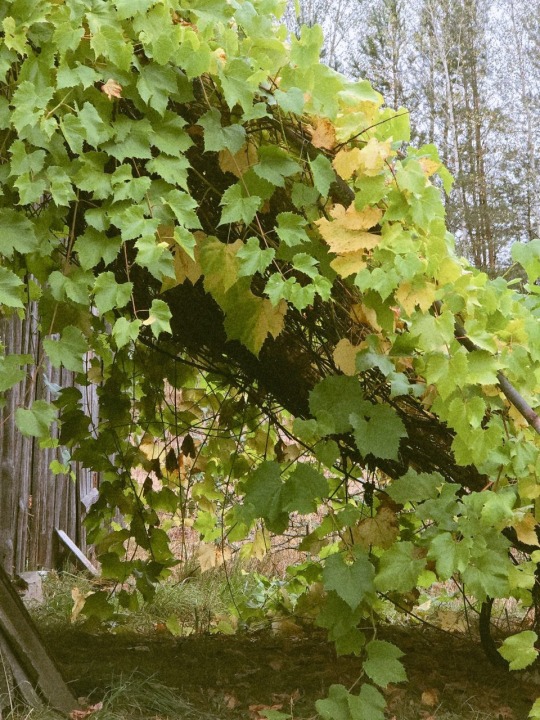





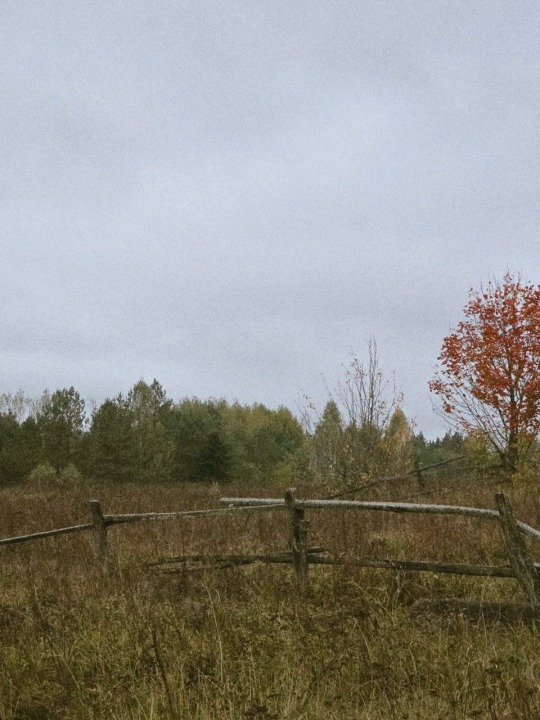







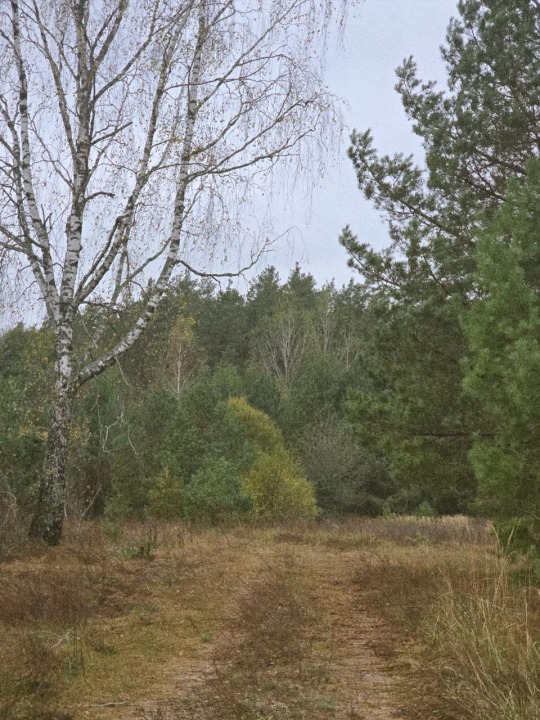
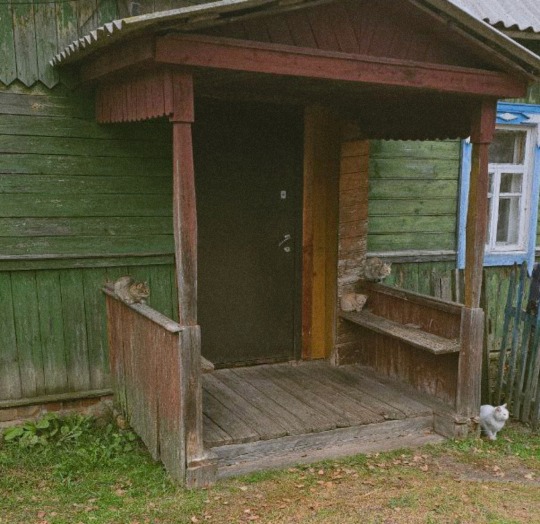

Туманный октябрь. По утрам пар над холодной землёй вздымается, словно призрак прошедшего лета. Солнечные лучи, всего на мгновение, уже не столь настойчивые, пробиваются сквозь мелкую дымку, создавая золотистые блики на увядающих листьях. Где-то вдали, вдоль дороги, под сводами серого неба, стоят обнаженные черные деревья. Наступает время, когда каждый звук уносится в тишину, и ветер шепчет древние тайны, которые хранятся в каждом из этих обветренных уголков земли. Октябрь приносит с собой запах опавших листьев, костров и свежести. Этот месяц – словно последний аккорд симфонии, завершающий грандиозное музыкальное произведение лета: он обнимает нас мягким пледом вечернего холода, когда время, кажется, замедляется. И вот, когда природа прощается с жарким солнечным светом, наш мир вновь обретает покой, позволяя заглянуть внутрь себя, думать о том, что было и что будет. Октябрь – пора уединения и размы��лений, когда каждый лист, шурша под ногами, рассказывает свою историю.
#AutumnVibes#CountryLife#WitchyAesthetic#CottageCore#FallMagic#HarvestSeason#Witchcraft#CozyNights#AutumnLeaves#RuralRomance#MysticalAutumn#PumpkinSpice#WitchyWonders#GoldenOctober#EnchantedFall#aestethic#witch#photo#aesthetic#forest witch#русский тамблер#nature#cottage living#мои фотографии#осенняя эстетика#октябрь
110 notes
·
View notes
Text
🌾 Today’s blog is on Demeter :: Greek Goddess of Agriculture 🌾 check out my Demeter boxset in my shop @ facebook.com/thehealingcabinmichigan I’ll be doing several Goddess inspired box sets get yours today!
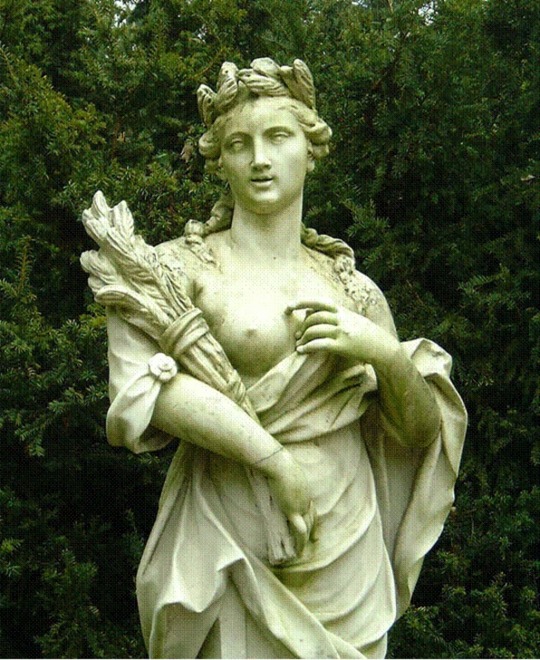
Demeter, the middle daughter of Cronus and Rhea, was the Ancient Greek goddess of grain and agriculture, one of the original Twelve Olympians. Her grief over her daughter Persephone – who has to spend one-third of the year with her husband Hades in the Underworld – is the reason why there is winter; her joy when she gets her back coincides with the fertile spring and summer months. Demeter and Persephone were the central figures of the Eleusinian Mysteries, the most famous secret religious festival in Ancient Greece.
Demeter’s Role
Demeter's Name
Demeter’s name consists of two parts, the second of which (-meter) is almost invariably linked with the meaning “mother,” which conveniently fits with Demeter’s role as a mother-goddess. However, there are still debates over the meaning of the first part (De-), which most scholars associate with “Ge,” i.e., Gaea (making Demeter “Mother Earth”); others, however, prefer to link it with “Deo,” which is a surviving epithet of Demeter and may have been, in an earlier form, the name of one of few grains.
Demeter's Portrayal and Symbolism
Demeter is usually portrayed as a fully-clothed and matronly-looking woman, either enthroned and regally seated or proudly standing with an extended hand. Sometimes she is depicted riding a chariot containing her daughter Persephone, who is almost always in her vicinity. The goddesses – as they were endearingly called – even share the same attributes and symbols: scepter, cornucopia, ears of corn, a sheaf of wheat, torch, and occasionally, a crown of flowers.
Demeter's Epithets
Demeter was known mostly as the Giver of Food and Grain, or “She of the Grain,” for short (Sito). However, since she presided over something as vital as the cycles of plants and seasons, the Ancient Greeks also referred to her as Tesmophoros, or “The Bringer of Laws,” and organized a women-only festival called Tesmophoria to celebrate her as such. Other epithets include: “Green,” “The Giver of Gifts,” “The Bearer of Food,” and “Great Mother.”
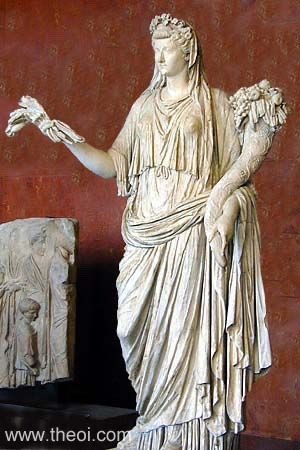
Who were Zeus’ Lovers?
How was the World created?
What is the Trojan Horse?
Demeter's Family
Demeter was one of the six children of Cronus and Rhea, their middle daughter, and their second child overall – born after Hestia, but before Hera and her brothers: Hades, Poseidon, and Zeus. Just like all of her siblings, she was swallowed and later, following an intervention by Zeus, regurgitated by her father.
Demeter’s Consorts: Iasion, Poseidon, and Zeus
Demeter didn’t have many partners and was rarely portrayed with a male consort. The mortal Iasion and her brothers Poseidon and Zeus are the most noteworthy – if not the only – exceptions.
Demeter and Iasion
Early in her life, Demeter fell in love with a mortal named Iasion. She seduced him at the marriage of Cadmus and Harmonia and lay with him in a thrice-plowed field. Zeus didn’t think appropriate for such a respected goddess to have a relationship with a mortal, so he struck Iasion with a thunderbolt. But, by then, Demeter was already pregnant with twins: Ploutos and Philomelus, the former the god of wealth, and the latter, the patron of plowing.
Demeter and Poseidon
Next, Demeter’s brother Poseidon forced himself upon her (once transformed into a stallion), and the goddess, once again, became pregnant with two children: Despoena, a nymph, and Arion, a talking horse.
Demeter and Zeus
Finally, Demeter became Zeus’ fourth wife. From their union, Demeter’s most well-known child was born, Persephone.
Demeter and Persephone
The most important myth involving Demeter concerns her daughter Persephone’s abduction by Hades and Demeter’s subsequent wanderings.
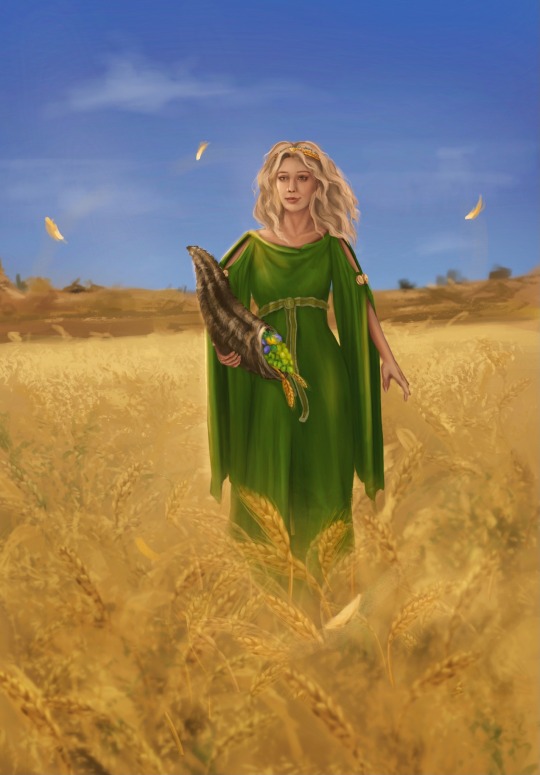
The Abduction of Persephone
Hades, the Lord of the Underworld, fell in love with Demeter’s virgin-daughter and decided to take her into marriage. So, one day, as she was gathering flowers with her girlfriends, he lured her aside using a fragrant and inexpressibly beautiful narcissus, and then snatched her up with his chariot, suddenly darting out of a chasm under her feet.
Demeter Finds Out
Inconsolable, Demeter walked the earth far and wide for nine days to find her daughter – but to no avail. And then, on the tenth day, Hecate told her what she had seen and Helios, the All-Seeing God of the Sun, confirmed her story. Demeter wasn’t just brokenhearted anymore. She was now angry as well. And with everybody! Especially with Zeus who, the rumors claimed so, had approved the whole operation and even aided Hades throughout.

The Institution of the Eleusinian Mysteries · Iambe, Demophon, and Metanira
So, Demeter left Mount Olympus and went to grieve her daughter among the mortals, disguised as an old woman. She ended up at the court of King Celeus of Eleusis, where his wife Metanira hired her to be the nurse to her baby son, Demophon. Iambe, the old servant woman of the house, cheered her with her jokes, and Demeter laughed for the first time in many weeks. In gratitude for the kindness, Demeter devised a plan to make Demophon immortal, so she started bathing him in fire each night, thus, burning away his mortality.
However, one day, Metanira witnessed the ritual and, not realizing what was happening, started screaming in panic and alarm. This disturbed Demeter’s strategy, so she revealed herself at once and told Metanira that the only way that the Eleusinians will ever win her kindness back is by building a temple and establishing a festival in her glory.
The Return of Persephone and the Establishment of the Cycles
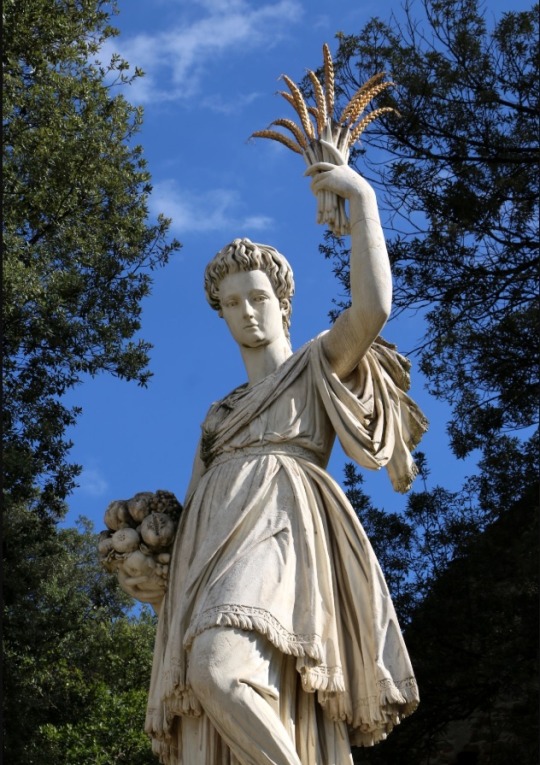
King Celeus did just that, and Demeter spent a whole year living in her newly built temple, grieving, and, in her grief, neglecting all her duties as a goddess of fertility and agriculture. As a consequence, the earth turned barren, and people started dying out of hunger. After unsuccessfully sending all the gods, one by one, to Demeter with gifts and pleas, Zeus realized that he would have to bring Persephone back to her mother if he didn’t want to see humanity wiped out from the planet.
So, he sent Hermes to Hades, and the divine messenger fetched back Persephone to her mother. However, the gods soon realized that Demeter’s daughter had already eaten one seed of pomegranate in the Underworld, which obliged her to remain in the Underworld. Knowing that Demeter wouldn’t allow such thing to happen, Zeus proposed a compromise: Persephone would spend one-third of the year with Hades and the other two-thirds with Demeter.
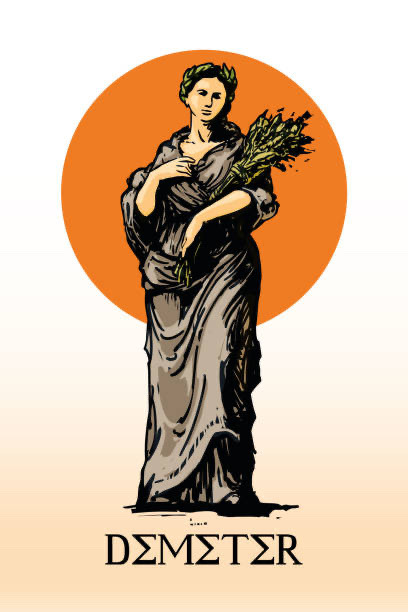
The former, the period during which Demeter is grieving, corresponds to the winter months of the year when the earth is infertile and bare; the latter, when she rejoices, overlaps with the abundant months of our springs and summers. The myth likewise explains the growth cycle of the plants. The grain, just like Persephone, must die and be buried under the earth in order to bear much fruit above it.
I hope you enjoyed this blog more to follow soon
Culture Calypso’s Blog 🌾
#my blogs#spirituality#history#religion#paganism#greek mythology#smallbuisnessowner#demeter#agriculture#harvestseason
6 notes
·
View notes
Text
A field of crops.
Showing a glimpse of pre harvest wheat crops field.
1 note
·
View note
Text





It is wonderful to live HERE and NOW.
#springtea#springbreath#springtime#newday#newharvest#harvestseason#harvesttime#glassware#glasscup#glasspot#glassart#green tea#greentealover#longjing#dragonwell#westlake#delicious#besttea#enjoymoment#greattea#tea time#quietmind#readingtime#booklover#tealoversclub#tealoversunite#tealife#tea club#wonderful woman#fashionista
4 notes
·
View notes
Text
Maximize efficiency with Evolution M-Mounted Direct Drills, designed for precision seeding and healthier soil. Built for durability and ease of use, it ensures optimal crop establishment with minimal soil disturbance. Upgrade to smarter drilling today.
#Claydon#FarmMachinery#FarmingLife#AgriBusiness#AgriTech#HarvestSeason#SustainableFarming#UKFarming#BritishAgriculture#FarmingInUK#AgricultureTech#SmartFarming#ModernFarming#FarmingEquipment#AgriInnovation#FarmGear#FarmSmarter#NextGenFarming#InnovativeFarming#SustainableAgriculture#RegenerativeFarming#PrecisionFarming#ModernFarmingTech#FutureOfFarming#SoilHealthMatters
0 notes
Text

Lammas Blessings, Everyone...🙏🏻🌙☀️🌾🌻
3 notes
·
View notes
